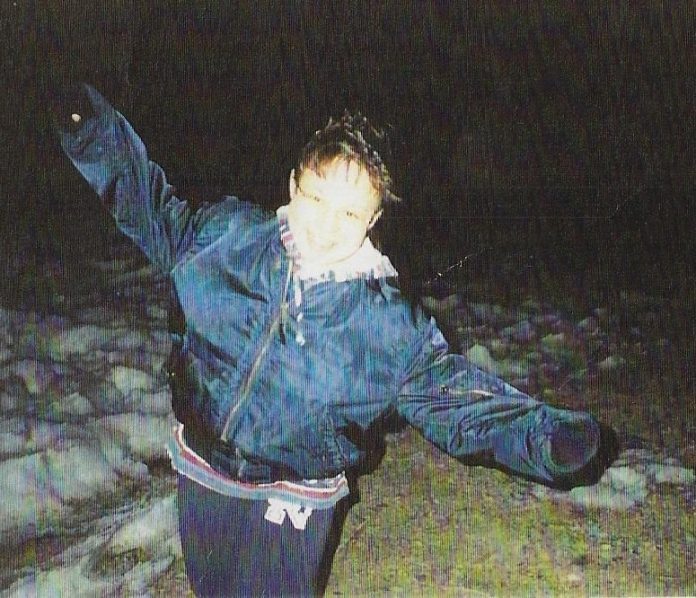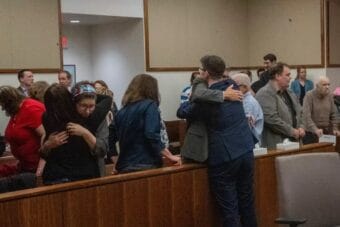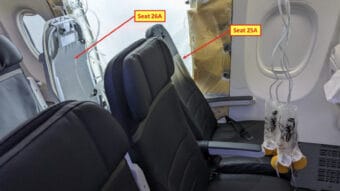
Alaska’s first homicide case built on genetic genealogy is set to go to trial next month.
That’s after the cutting edge DNA technology led to the arrest of Maine resident Steven Downs in 2019, 26 years after he’s accused of sexually assaulting and killing Sophie Sergie, who was found dead in a dorm at the University of Alaska Fairbanks in 1993.
Cold case detectives like Investigator Randel McPherron, who worked on the Sergie case for the Alaska Department of Public Safety, are finding more and more success with genetic genealogy. It involves building a genetic profile based on DNA collected at a crime scene and comparing that to known DNA samples family members might have sent to commercial genealogical databases.
McPherron says that — and some basic detective work — is what led to the murder charges against Downs.
Listen here:
The following transcript has been lightly edited for clarity.
Randel McPherron: We got a family tree built on our suspect, and it pointed to the individual eventually arrested, Steven Downes. And then, you know, we did basic detective work, determined he was a student at UAF at the time. He actually lived in the same dorm building, a floor above the murder scene. Anyway, long story short, we eventually in February of ’19, went to Maine where he’s living, got a DNA sample directly from him, compared it to the suspect sample collected from the body, and it was a direct match. And then we arrested him.
Casey Grove: What is that like? I mean, what’s that conversation like?
Randel McPherron: Well, yeah, obviously, speaking in general terms, it was quite a surprise to, you know, after 30 years or so, for us to show up at somebody’s door and say, “Hey, tell me about this,” or, “Do you know anything about this?” But yeah, I’m sure it was quite a shock for us to be there.
Casey Grove: On the other end of this discussion, you’ve got the family members of the victim. What are those conversations like? Are you the one actually telling the family that you have a big break after many years? Or I guess, as an investigator, I mean, that’s got to be different than those cases that you’ve probably handled in the past that were more immediate that you were, you know, over the course of days or weeks, maybe identifying a suspect and then telling the family we’ve charged somebody in this. In some of these cases, we’re talking decades. I mean, that must feel differently to be in that conversation, I would imagine.
Randel McPherron: Yes, I mean, it’s great to finally give people closure, let them know what happened to their loved one or who’s responsible. Unfortunately, in a couple instances, a lot of their family members, particularly their parents or grandparents, were deceased, so much time has gone by. So that’s unfortunate that they didn’t get to hear what actually happened. But unfortunately, this technology wasn’t around at the time. But we’re certainly putting it to good use. And it certainly it’s applicable to not just old cases, but current ones as well.
Casey Grove: Just talking about the technology in general, when this came back — and ultimately it did lead to a suspect that first time — did it surprise you? I mean, were you kind of amazed at this technology or what?
Randel McPherron: Well, I mean, it was certainly gratifying to get a new lead. But that’s how forensic technology has, how it happens. You know, like when back in the 90s, when DNA first came along, we were all like, “Wow, this is really great stuff,” and, you know, it had its limitations, but it still was very helpful. And over the years, DNA, forensic DNA, has changed dramatically. And it’s been a game changer, considerably, in closing out cases, developing suspects and also identifying unidentified remains, as well as even exonerating people from crimes they didn’t commit. So it’s been quite a game changer, and it’s been very exciting to be working as a homicide investigator in this time, just because there’s been so much change in just my career, over the last 25 years or so. It’s been pretty fantastic the changes, and it just keeps accelerating and accelerating. Who knows what the future holds.



